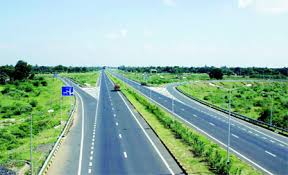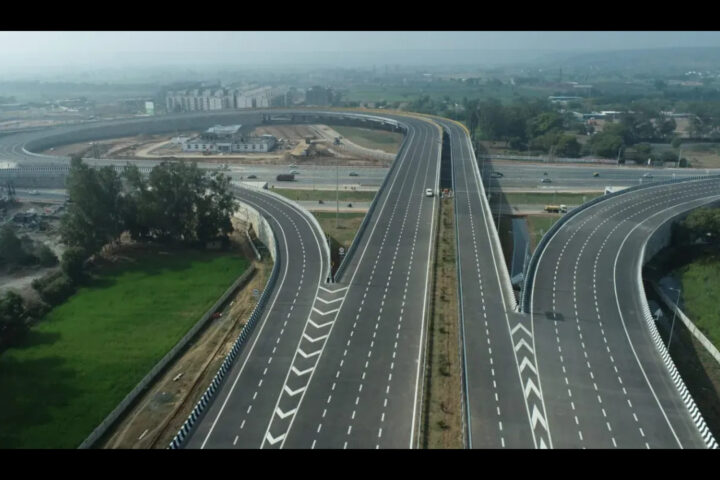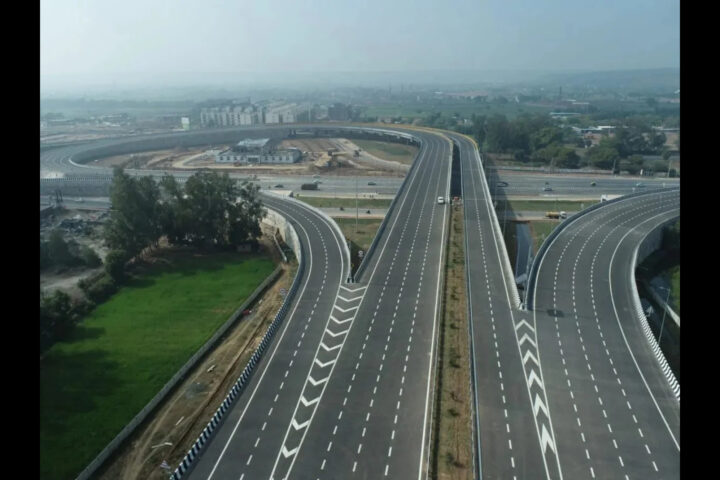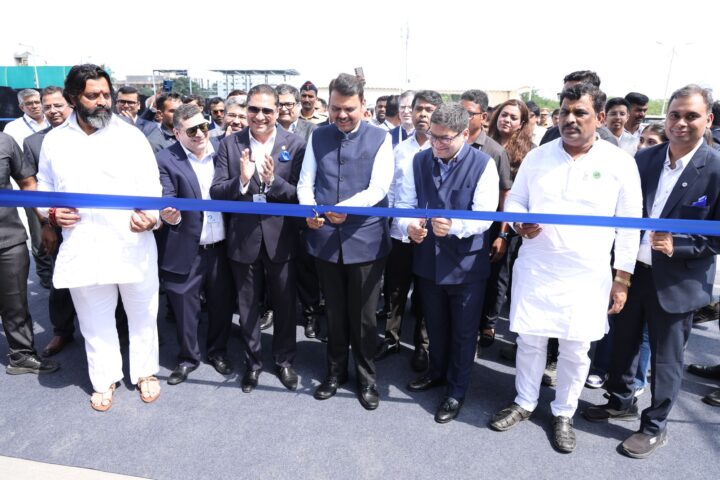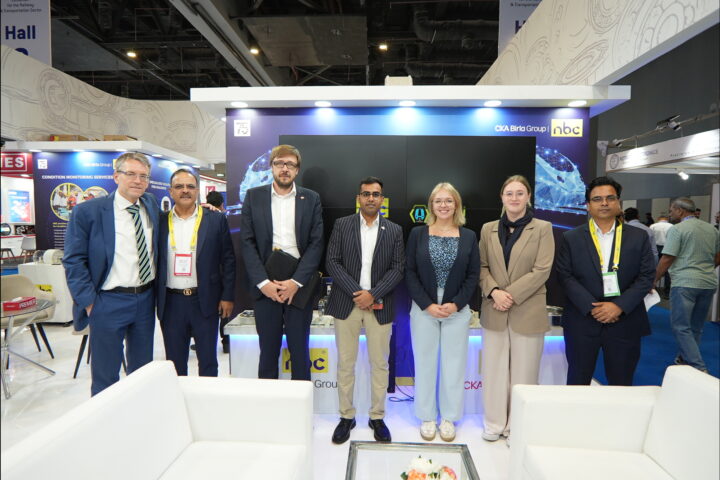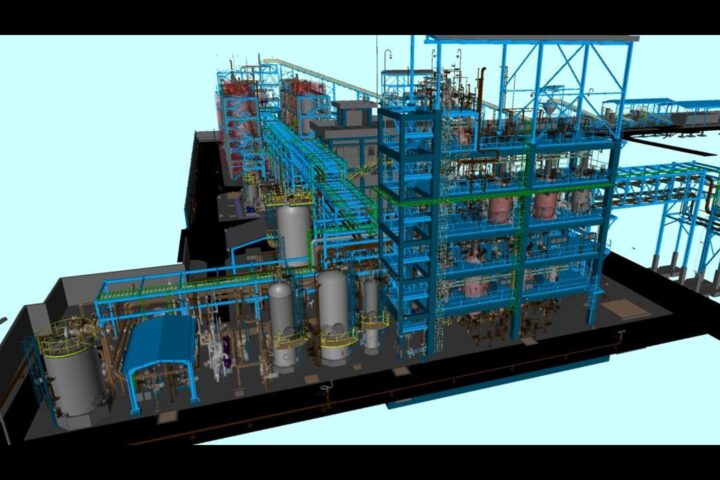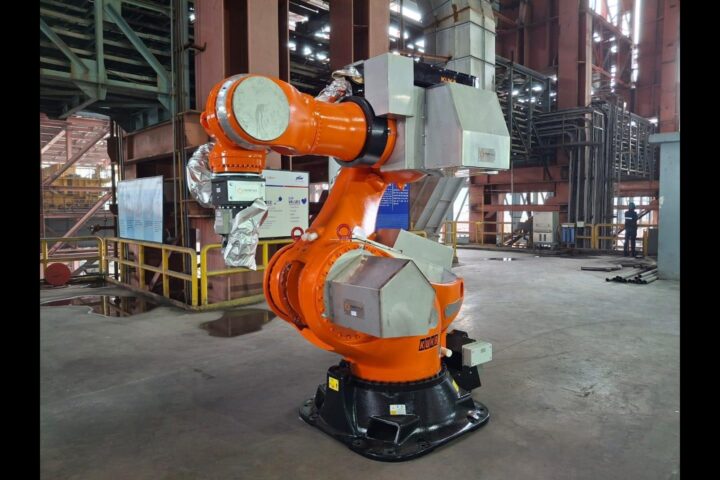About nine to 12 road developers have been bidding for each of the five projects for which the bids were submitted.
After a slow start last fiscal, the newly-approved hybrid annuity model (HAM) for road projects has seen an increased interest in April, with about nine to 12 road developers bidding for each of the five projects for which the bids were submitted. This compares with just three-four bidders for each of the hybrid annuity projects announced during January-March.
In the hybrid annuity model (HAM), the government commits up to 40% of the project cost over a period and hands the project to the developer to start road work, clearing the way for stranded road projects and reviving investments.
The bidders for the five road projects announced on hybrid annuity model in April include Sadbhav Infrastructure Projects Ltd, Ashoka Buildcon Ltd, MBL Infrastructures Ltd, MEP Infrastructure Developers Ltd, Backbone Enterprises Ltd, IL&FS Transportation Networks Ltd, Oriental Structural Engineers Pvt. Ltd, GR Infraprojects Ltd, Tata Realty and Infrastructure Ltd and Atlanta Ltd.
Of the five projects, one was the six-lane Greenfield Proposed Udaipur bypass Package-IV of Kishangarh-Udaipur-Ahmedabad stretch in Rajasthan, and the other four were in Gujarat—four-laning of Talaja-Mahuva section (package-II), four-laning of Mahuva to Kagavadar (package-III), four laning of Kagavadar-Una section (package-IV), and four-laning of Una to Kodinar (package-V).
About 17 HAM projects of about Rs.17,752 crore are likely to come up for bidding by 31 May and seven BOT-toll (build, operate and transfer) projects of about Rs.6,970 crore are also likely to be bid for in the short term, according to a 30 April report by brokerage Anand Rathi Share and Stock Brokers Ltd. Projects worth Rs.25,000 crore are up for bidding in hybrid annuity and BOT in the next few months, according to Prabhudas Lilladher Pvt. Ltd estimates.
K. Ramchand, managing director, IL&FS Transportation Networks, expects the hybrid annuity model to take off once the lenders start understanding how the model works and become more comfortable with it. The company has bid for all four of the Gujarat projects, which are the first four as part of a planned 240-km six-package project.
New projects under hybrid annuity are expected to come up in Rajasthan, Punjab, Maharashtra and Gujarat.
Larger road developers such as Larsen and Toubro Ltd (L&T) and IRB Infrastructure Developers Ltd have not yet bid for any hybrid annuity road projects, despite the government offering 80% of prior land acquisition and forest clearance in these awards. IRB, which has continued to bid for BOT projects has not participated in hybrid annuity bids due to intense competition.
“Competition is intense and it is not making any sense (to bid)… This sector has perennial problem that whenever the government comes out with large number of projects we all contractors go into overkill and mess it up,” said Virendra Mhaiskar, chairman and managing director, IRB Infrastructure.
Meanwhile, L&T continues to bid for government-funded engineering, procurement and construction (EPC) road projects instead of BOT, which require heavy capital. In FY16, L&T won nine EPC road projects totaling a length of nearly 500 km. “But given the way L&T has become aggressive in the EPC bids in the last 4-5 months’ time, a lot of road contractors or developers have started moving towards the HAM (hybrid annuity model) project mode. In the HAM projects where bids have been placed recently, we have seen as many as nine companies submitting bids,” said Nitin Arora, analyst, Emkay Global Financial Services Ltd.
Road projects in India have always been awarded in one of the three formats—BOT annuity, BOT-toll and EPC. In BOT annuity, a developer builds a highway, operates it for a specified duration and transfers it to the government, which pays the developer annuity over the concession period. Under BOT-toll, a concessionaire generates revenue from the toll levied on vehicles using a road. In EPC, the developer builds with government money. HAM is the fourth model that the government approved earlier this year.
India has set a target to award 25,000 km of road projects in FY17 under the ministry of road transport and highways and National Highway Authority of India (NHAI), compared to 10,000 km achieved in FY16.
A total of nine hybrid annuity road projects were awarded in FY16 totaling 351 km, with each of the projects receiving bids from 3-4 developers. Sadbhav Infrastructure, MEP Infrastructure along with its joint venture partner Sanjose India Infrastructure, APCO Infratech Pvt. Ltd and MBL Infrastructures had won two projects each, while Welspun Enterprises Ltd was awarded one hybrid annuity project.
Sadbhav Infrastructure had submitted bids of around Rs.10,000 crore of hybrid annuity projects last year, out of which bids worth Rs.7,273 crore were opened and the company won the two projects worth Rs.1,400 crore in March. With the government pushing for a majority of new projects on either the EPC or the hybrid annuity model, most companies are rushing to win those projects, said Vasistha Patel, executive director at Sadbhav.
“Bids for 5 projects worth Rs.2,934 crore are expected to open soon. Rs.1,775 crore worth HAM project bids are to be submitted by May-end and Rs.6,966 crore worth BOT project bids are to be submitted,” wrote analysts from Emkay Global Financial Securities Ltd, Nitin Arora and Kushan Parikh, in their 29 April report.
Under the hybrid annuity model, revenue collection will be NHAI’s responsibility, while developers will be paid in annual instalments over a period of time, which means not just low risk, but also low returns from the project. India has the world’s second-largest network of roads after the US, spanning about 4.87 million km.


